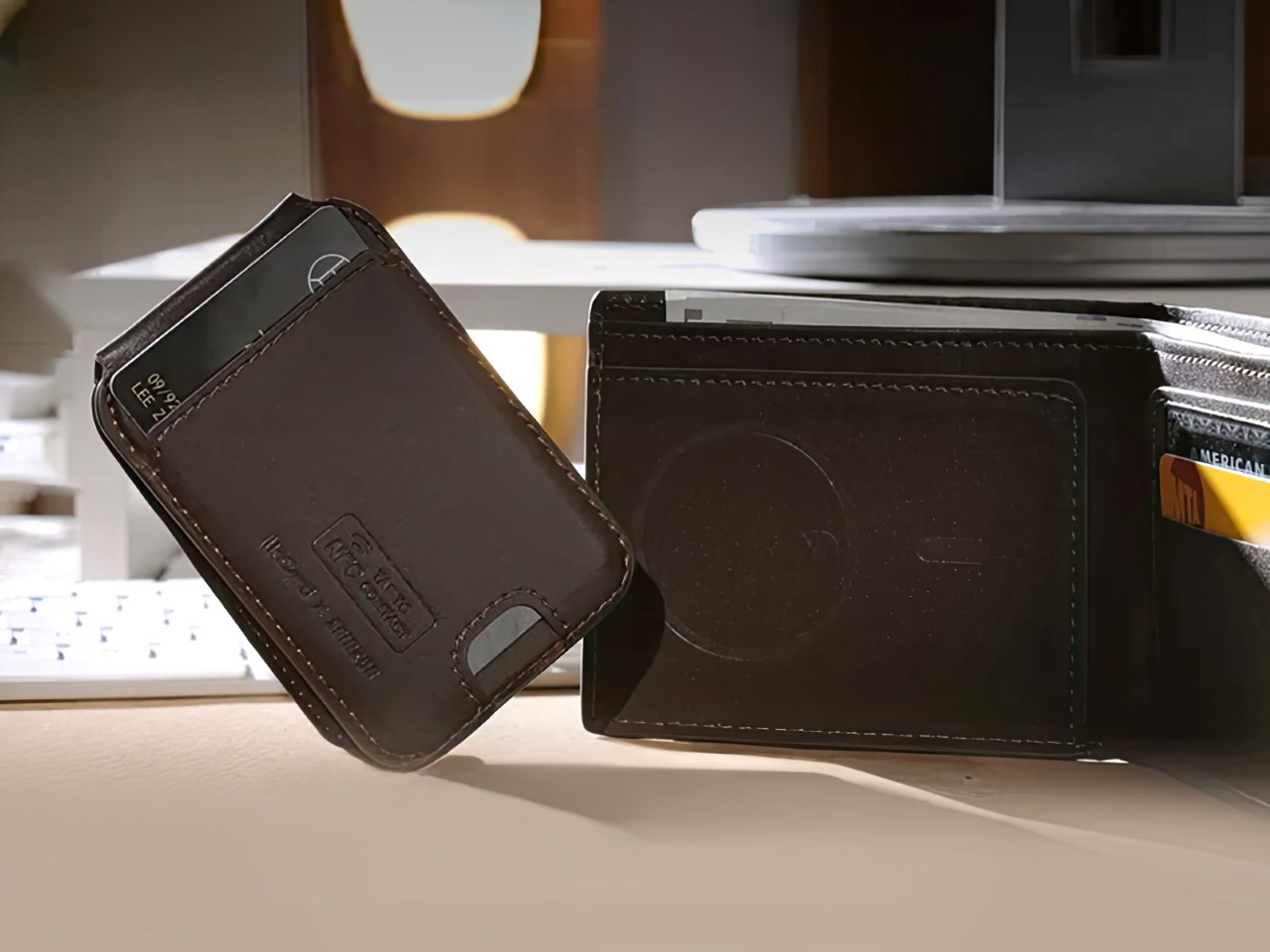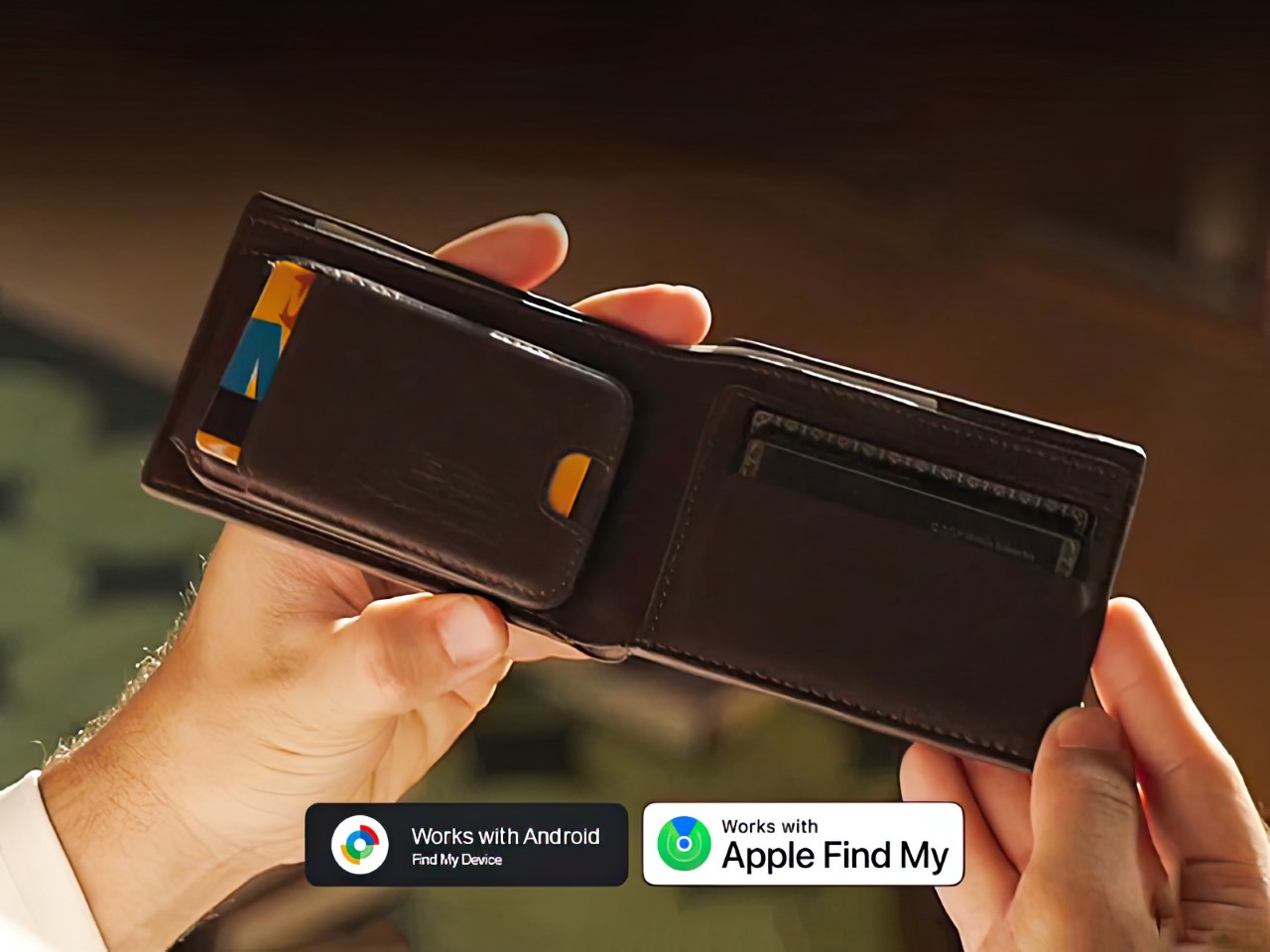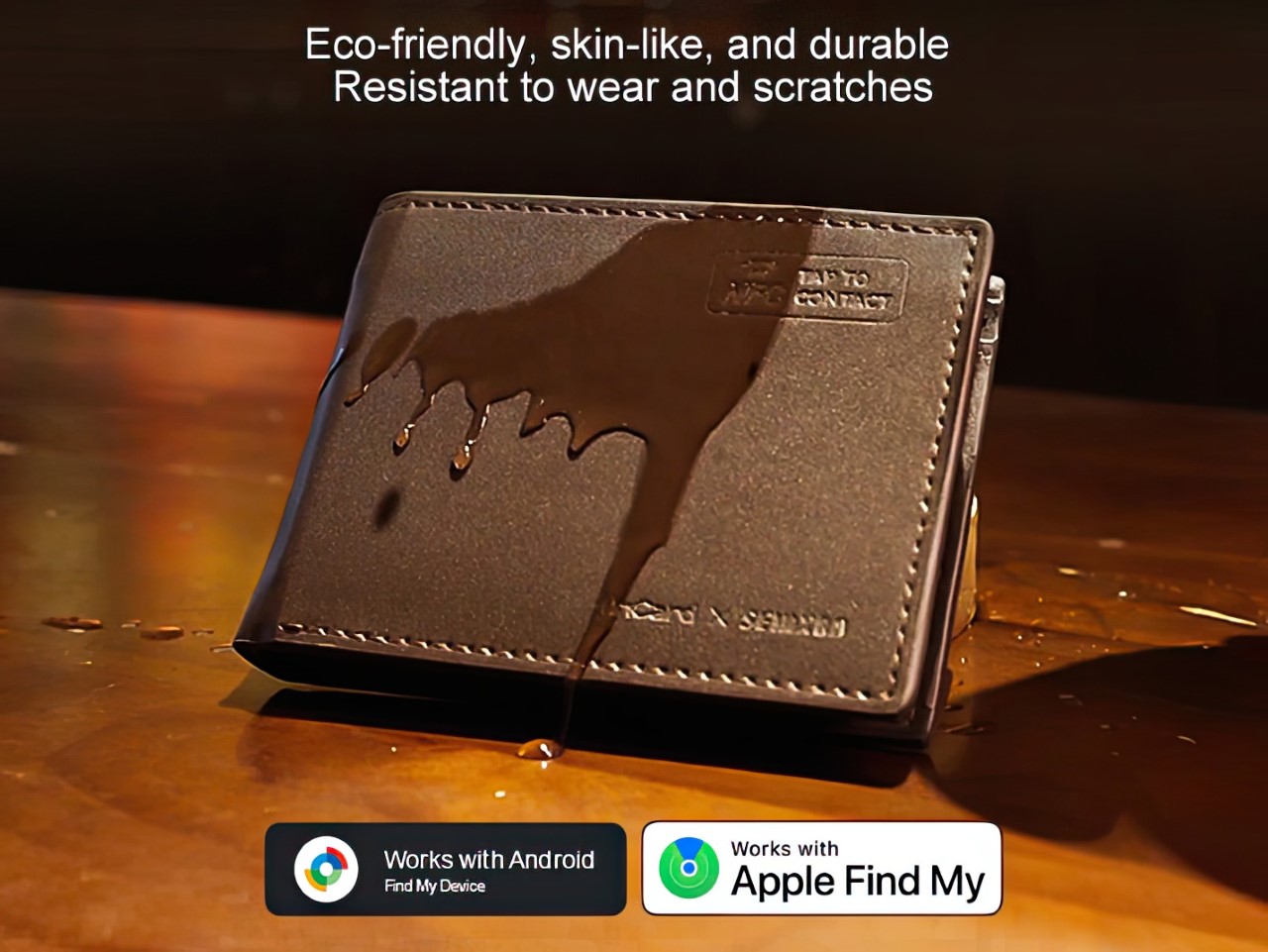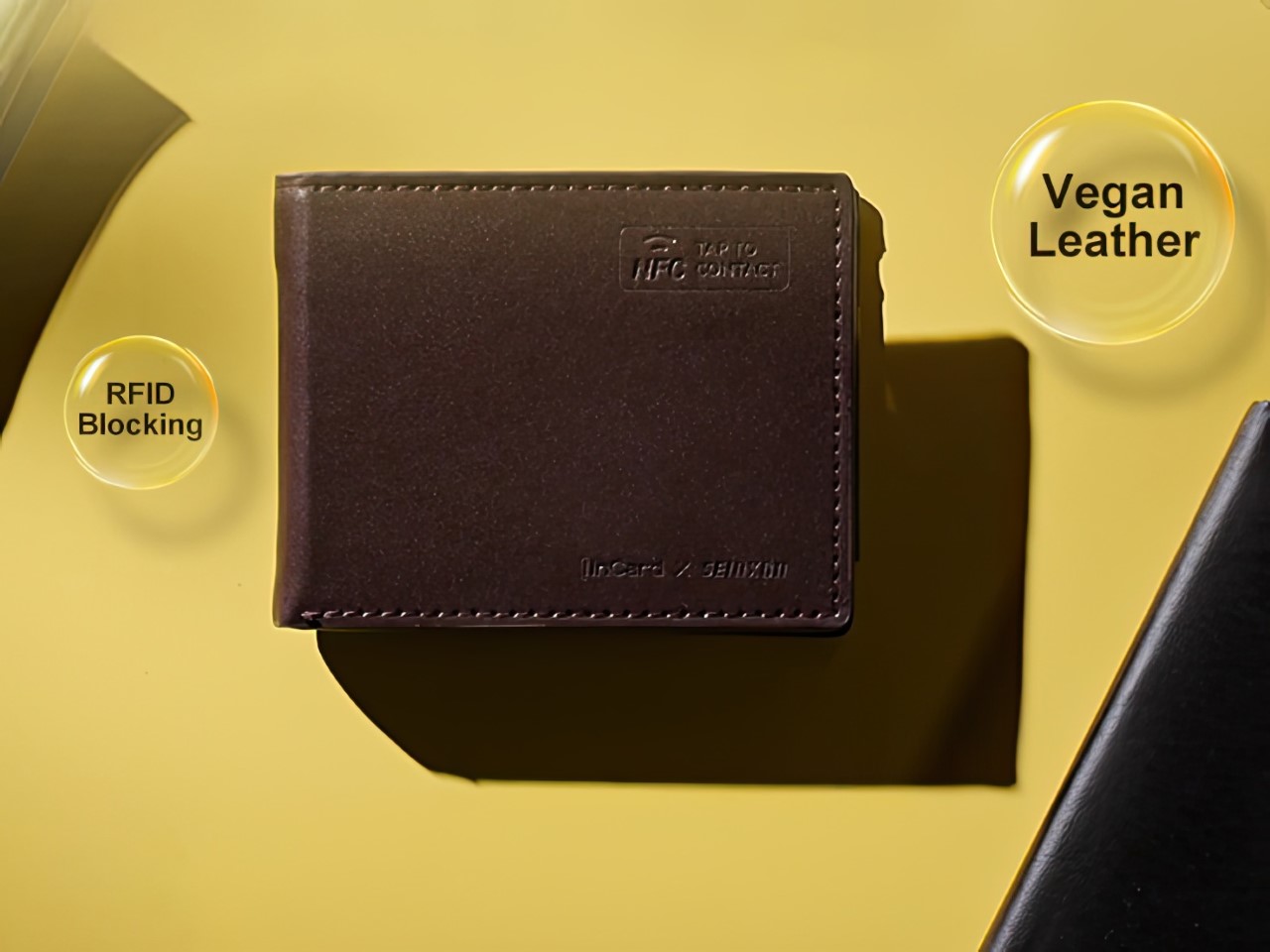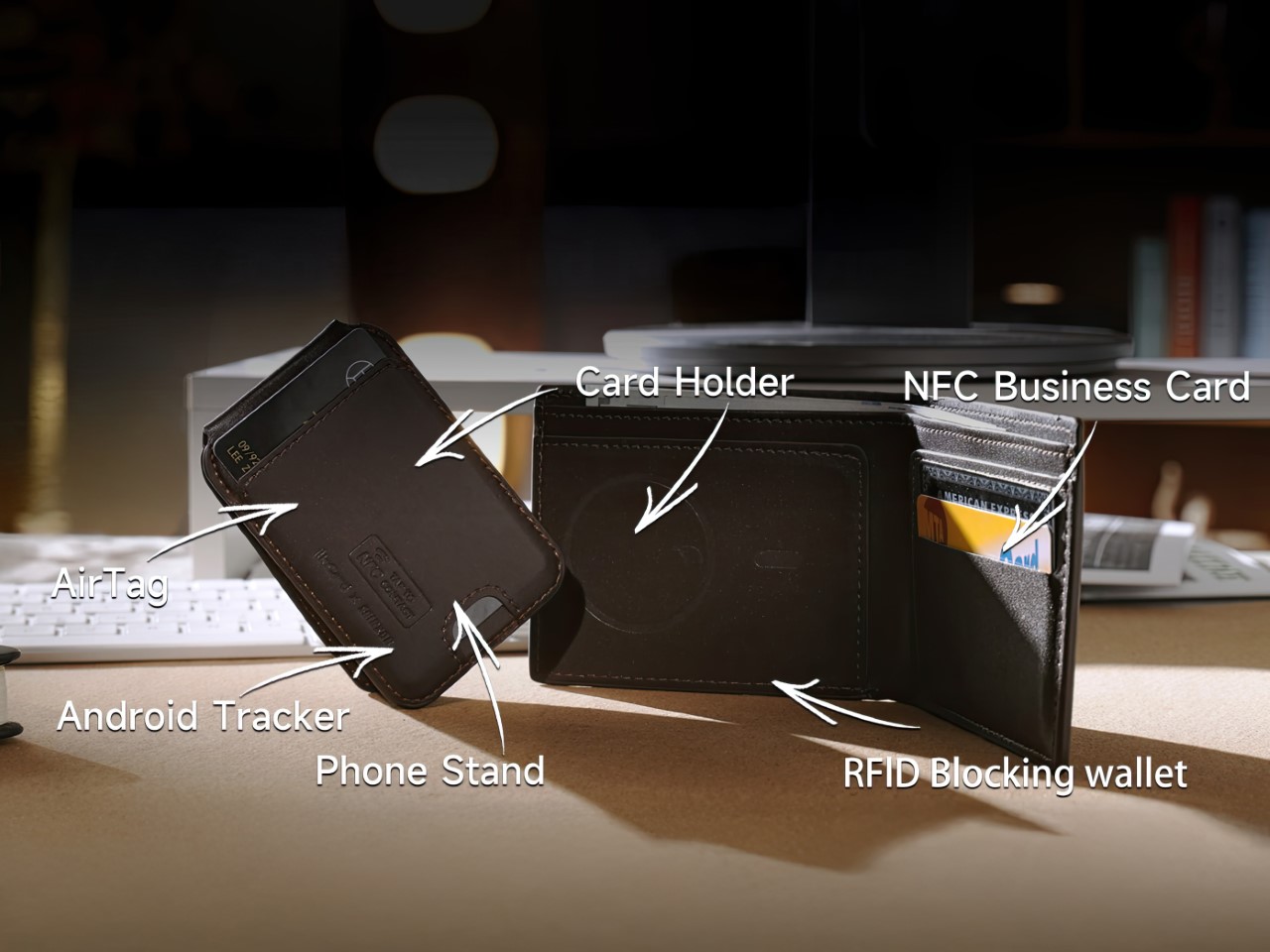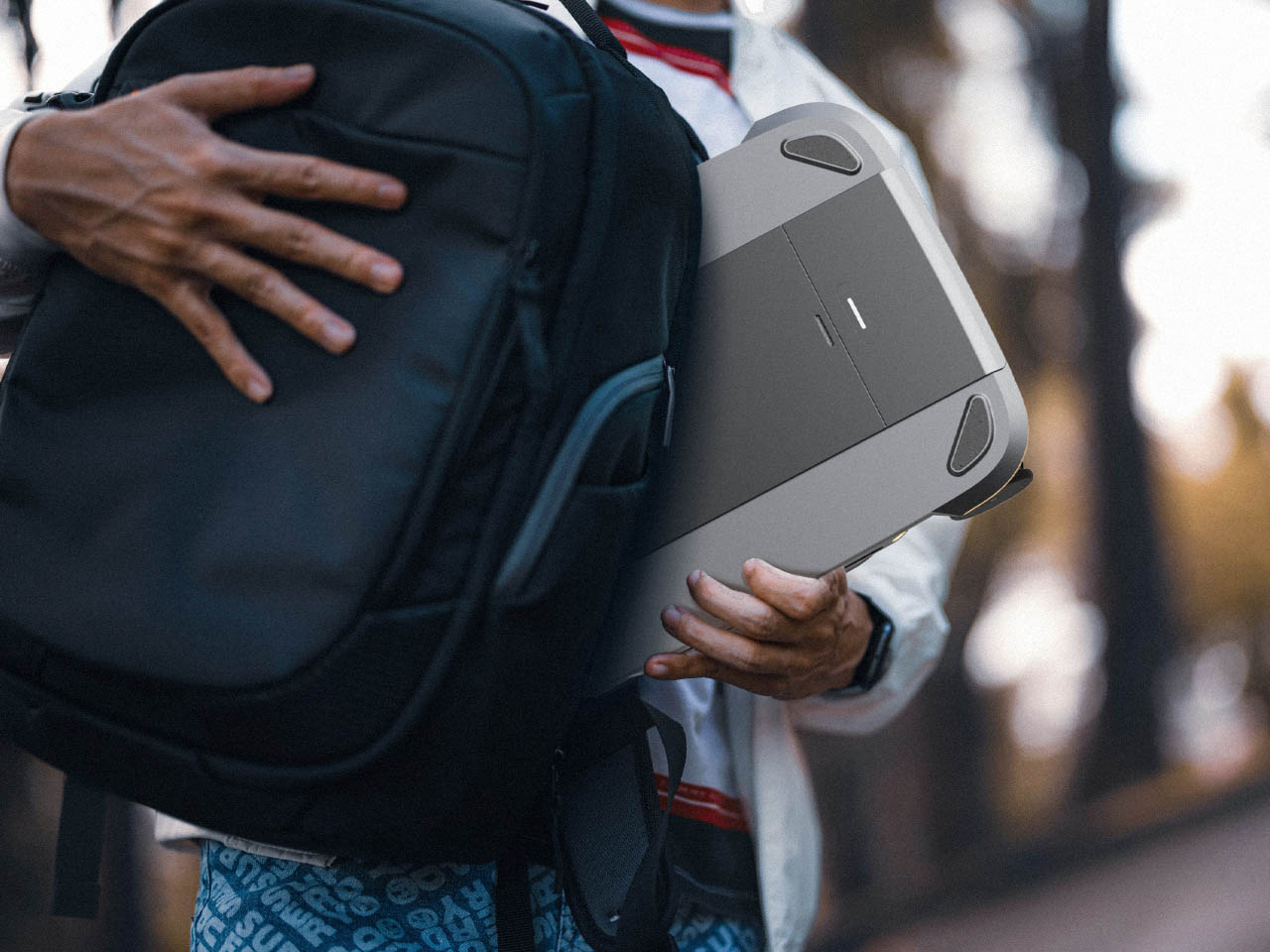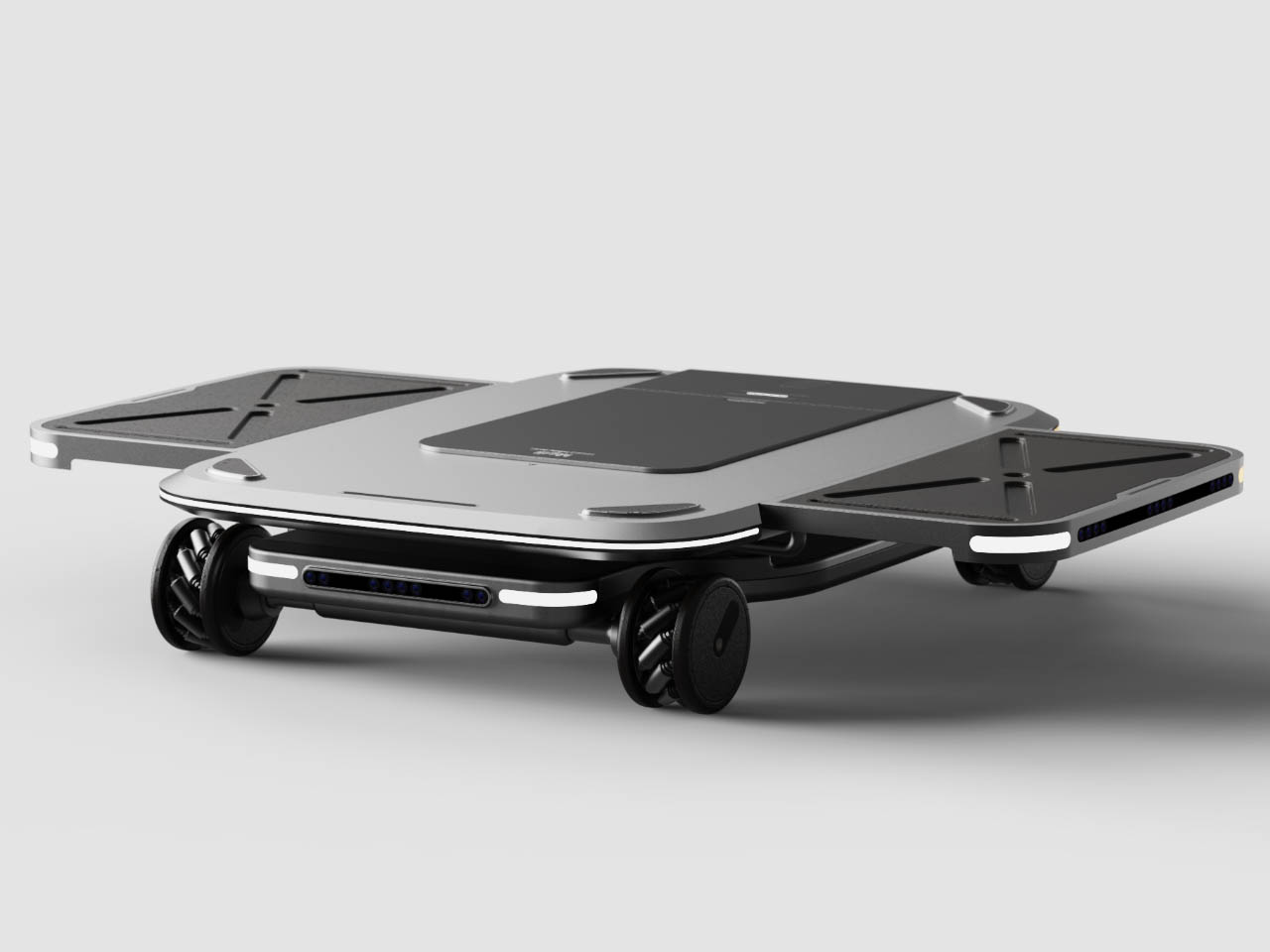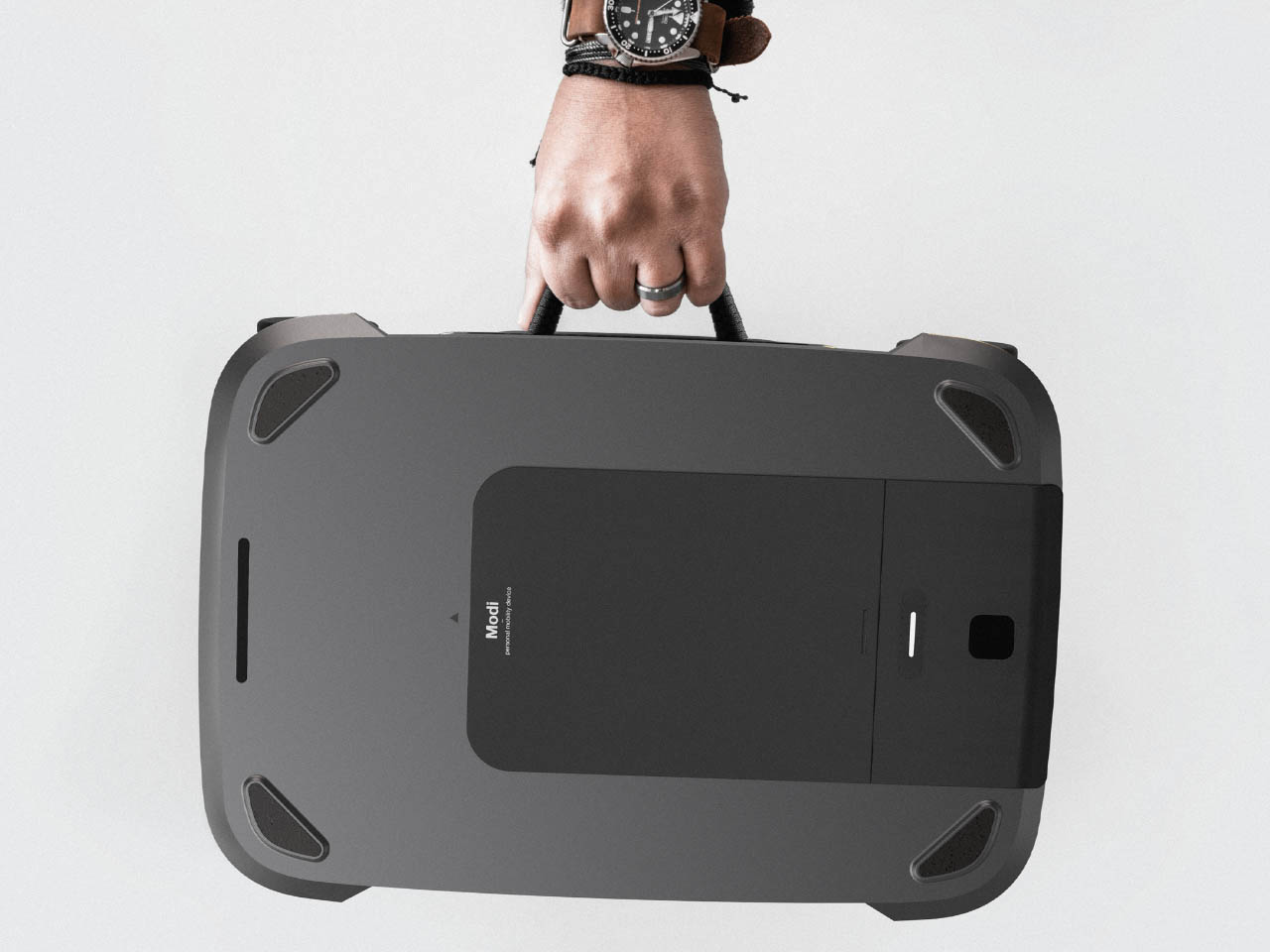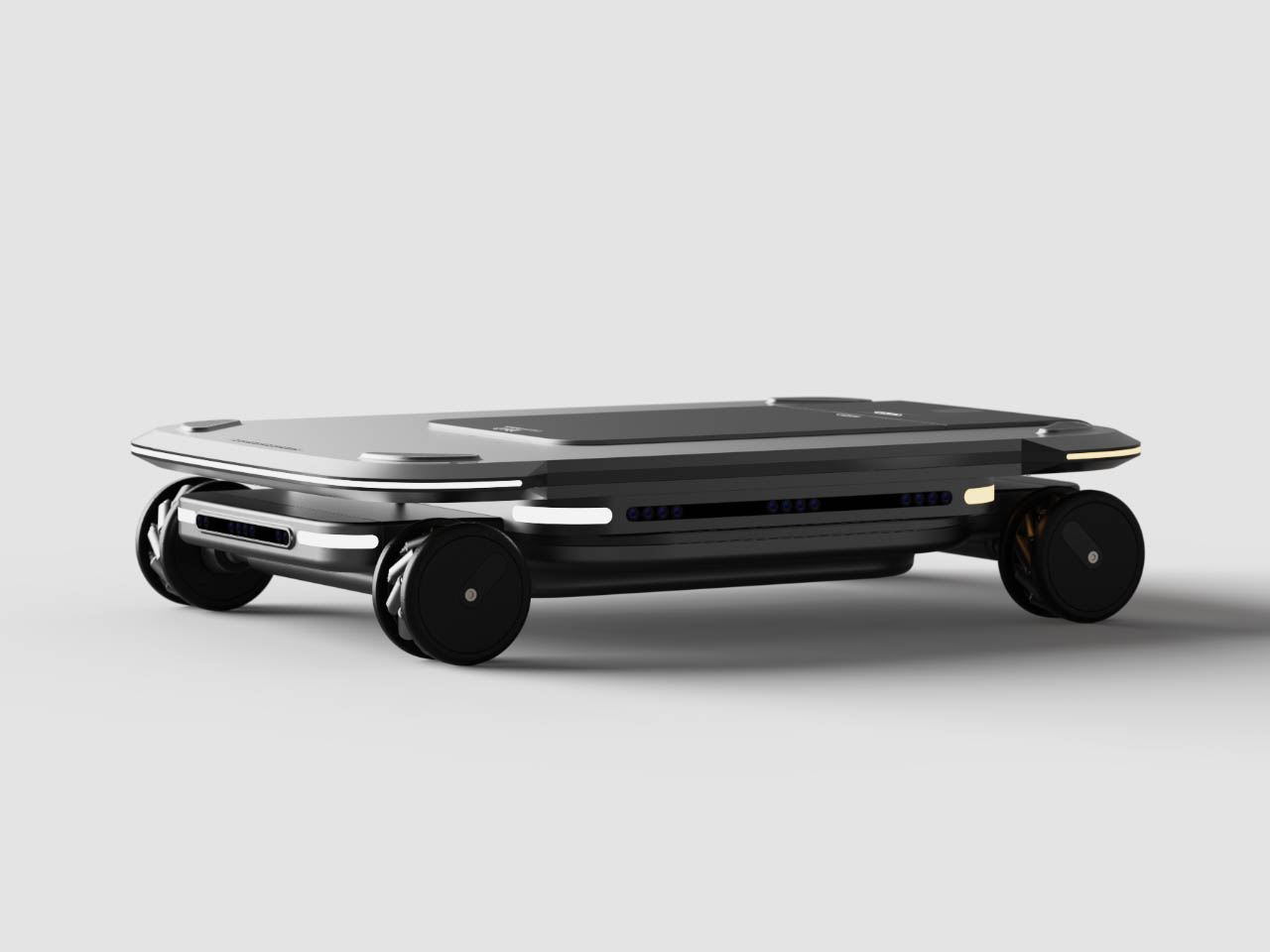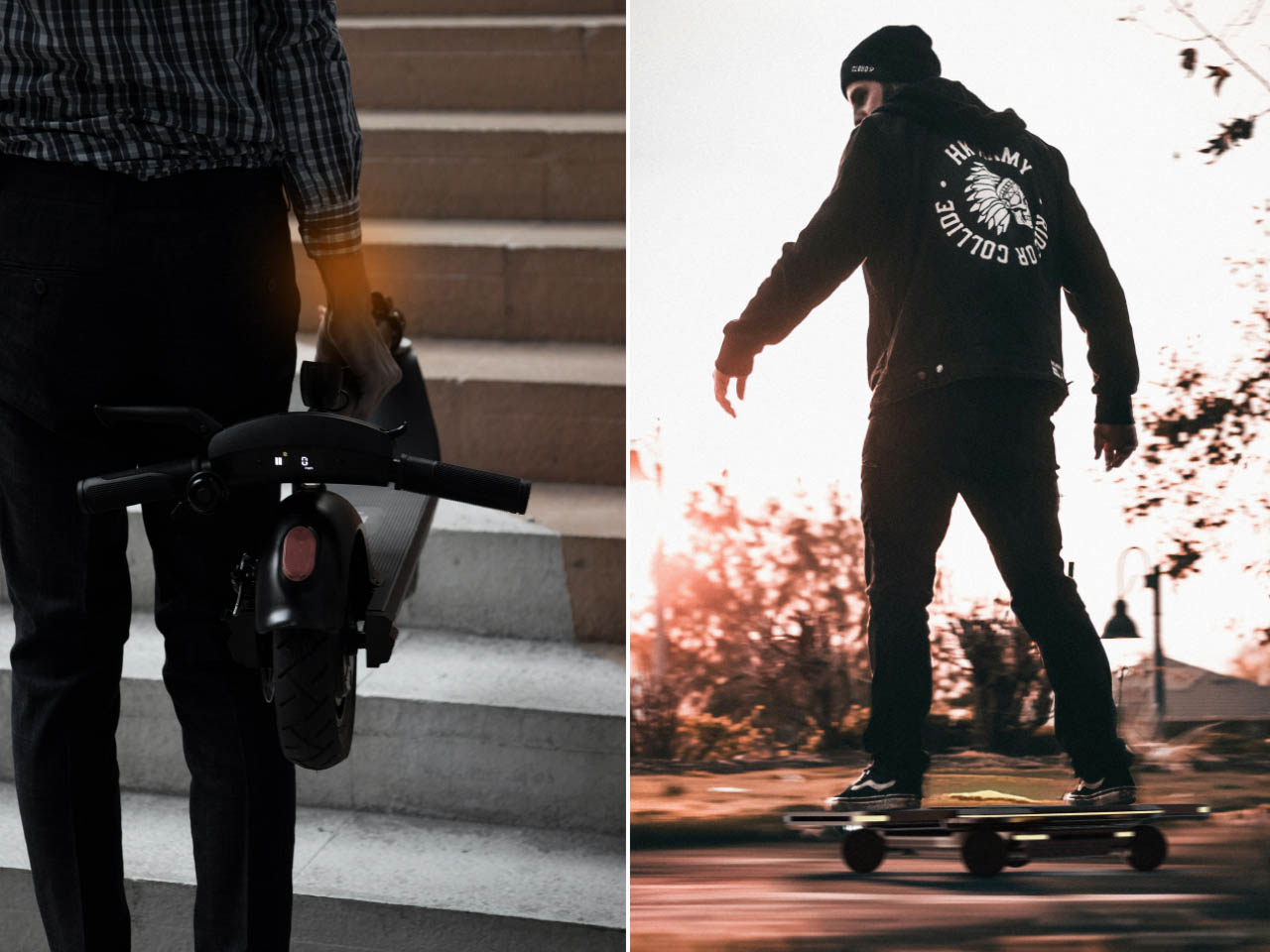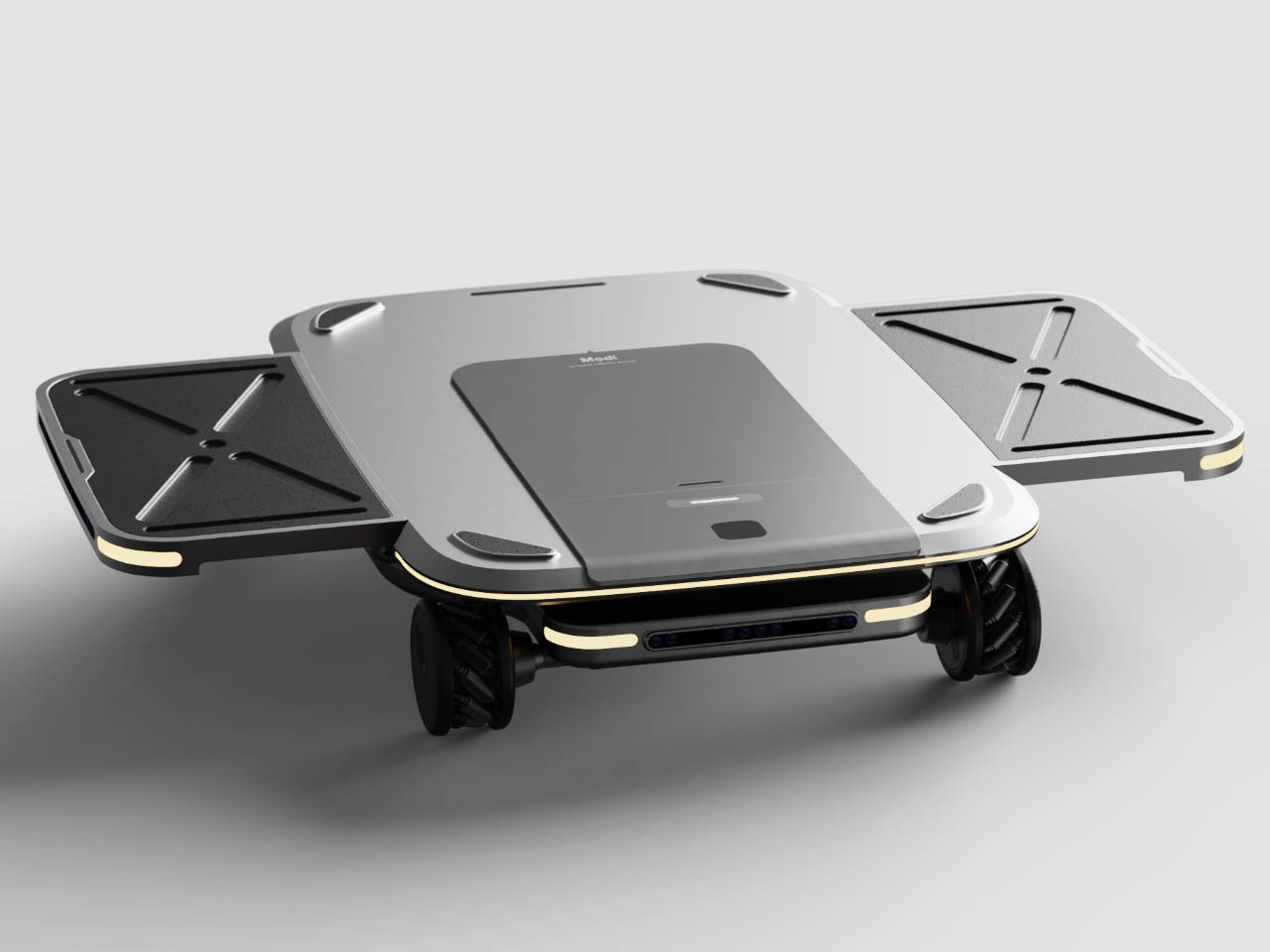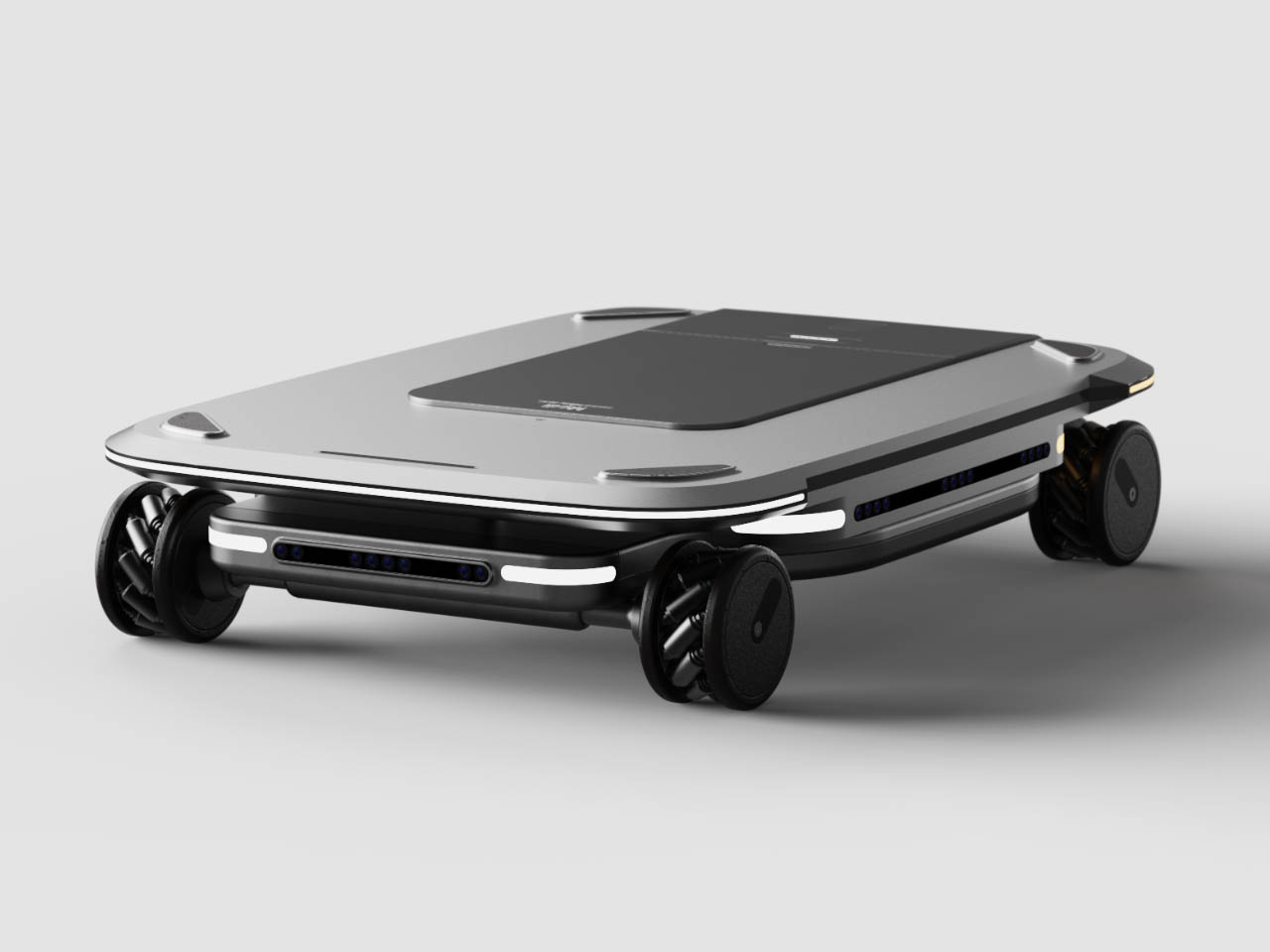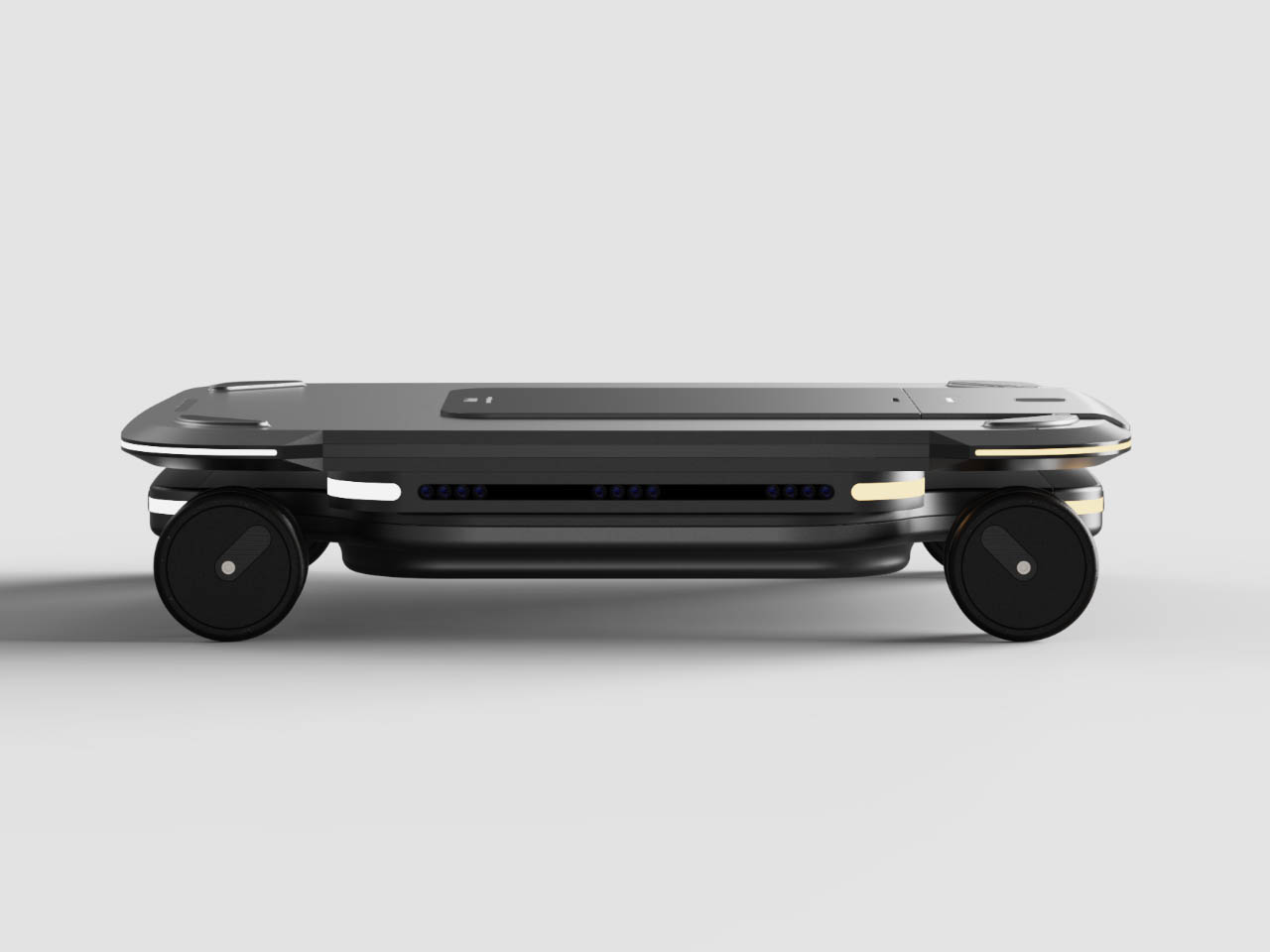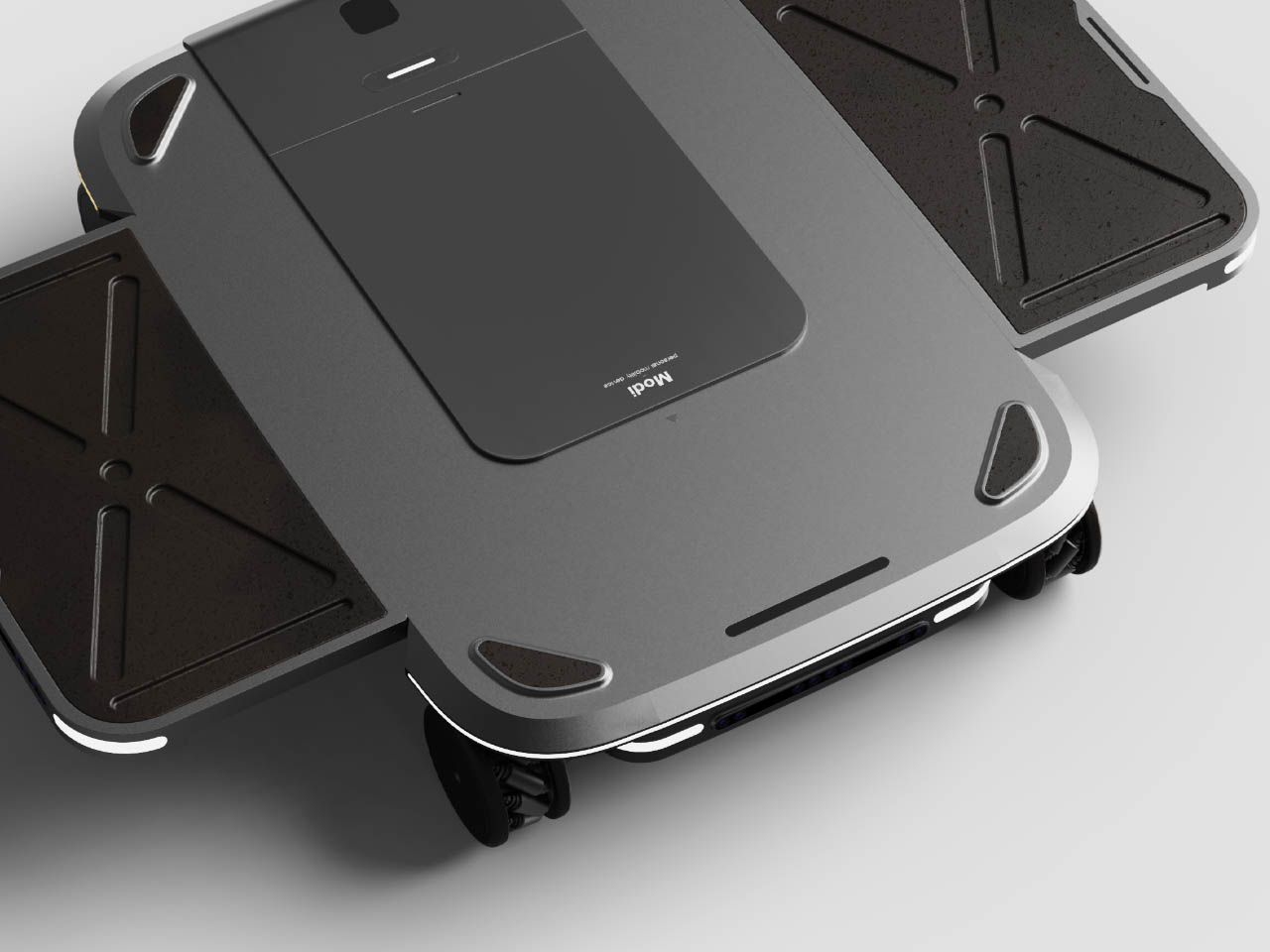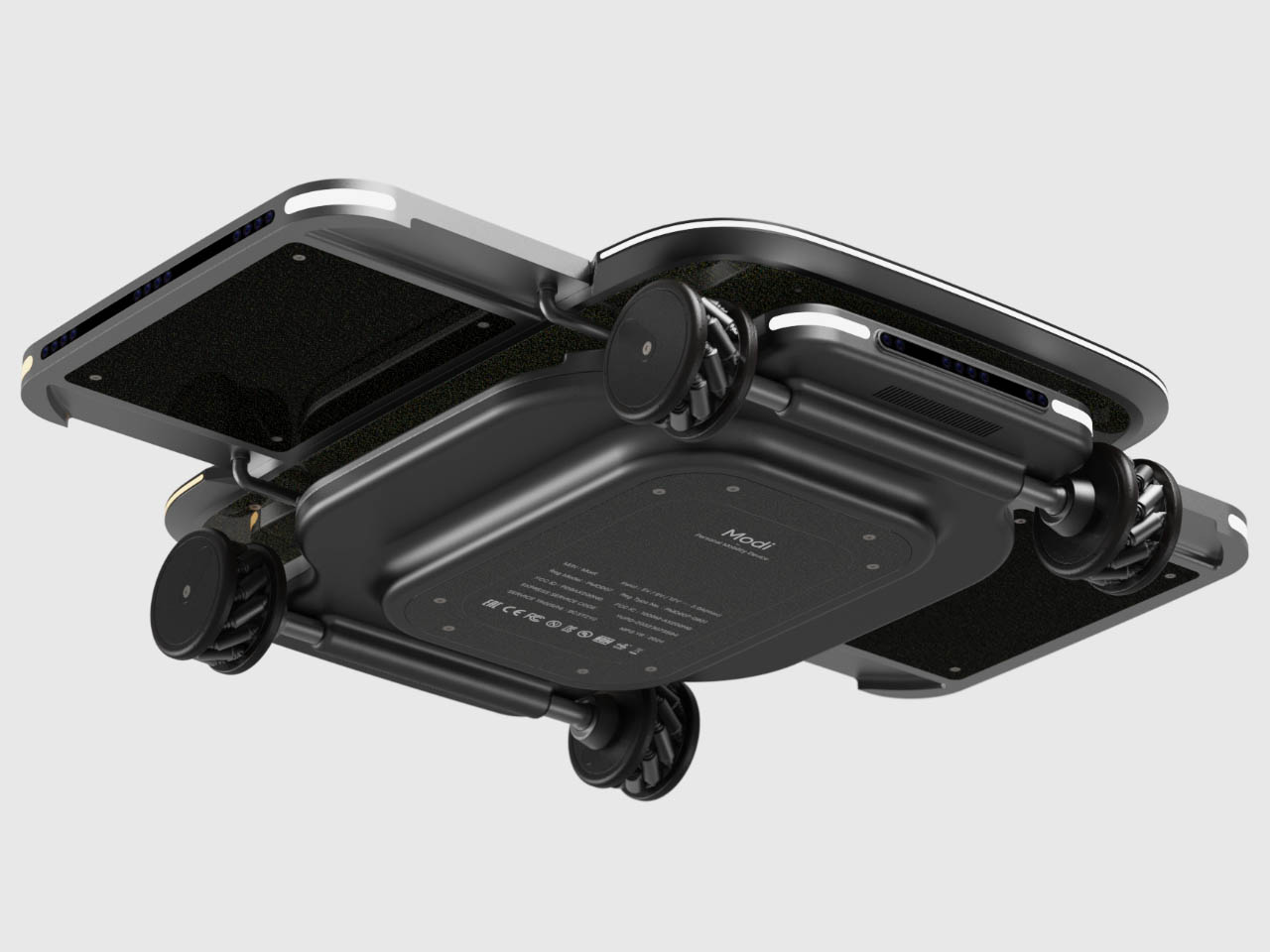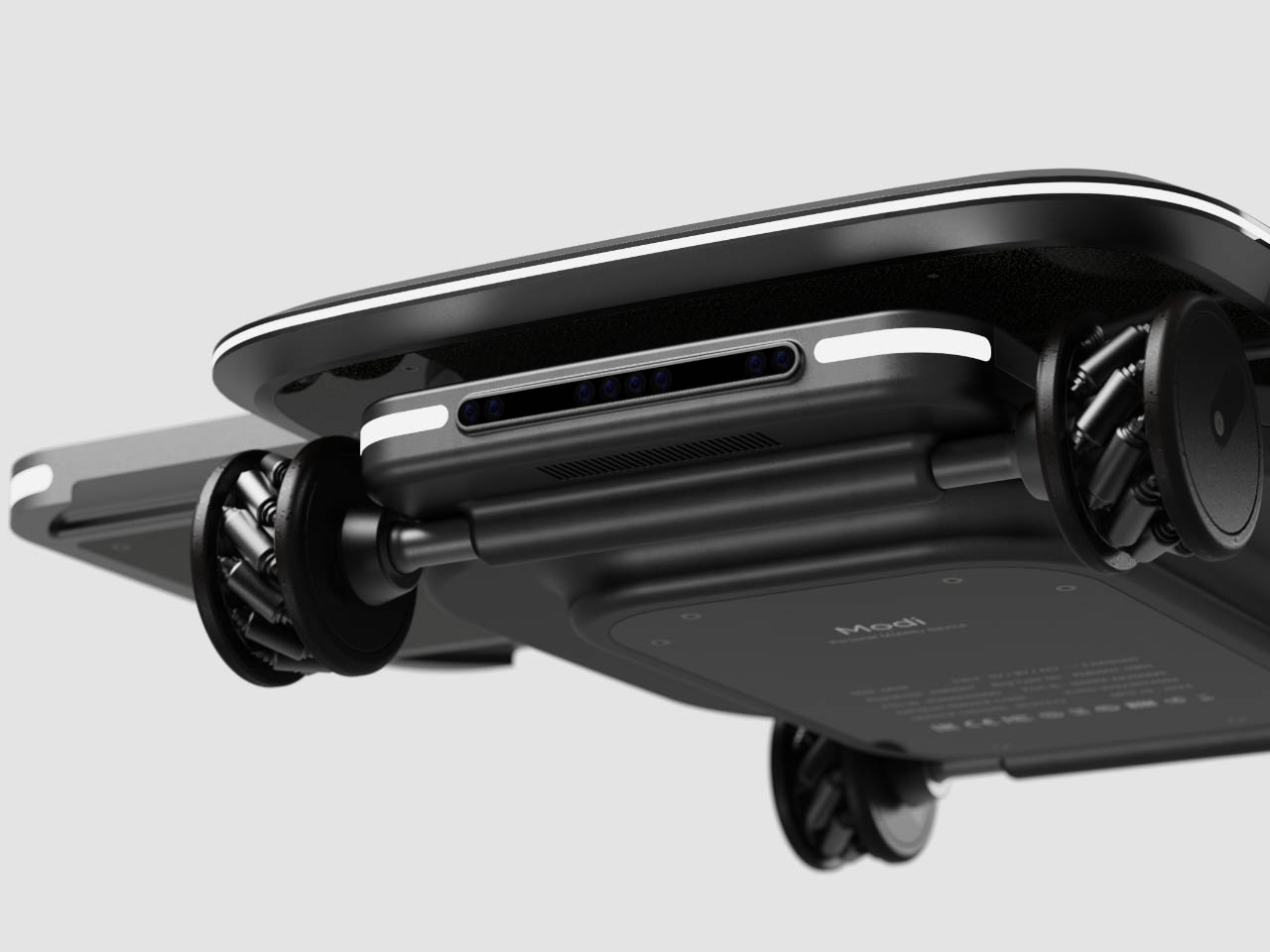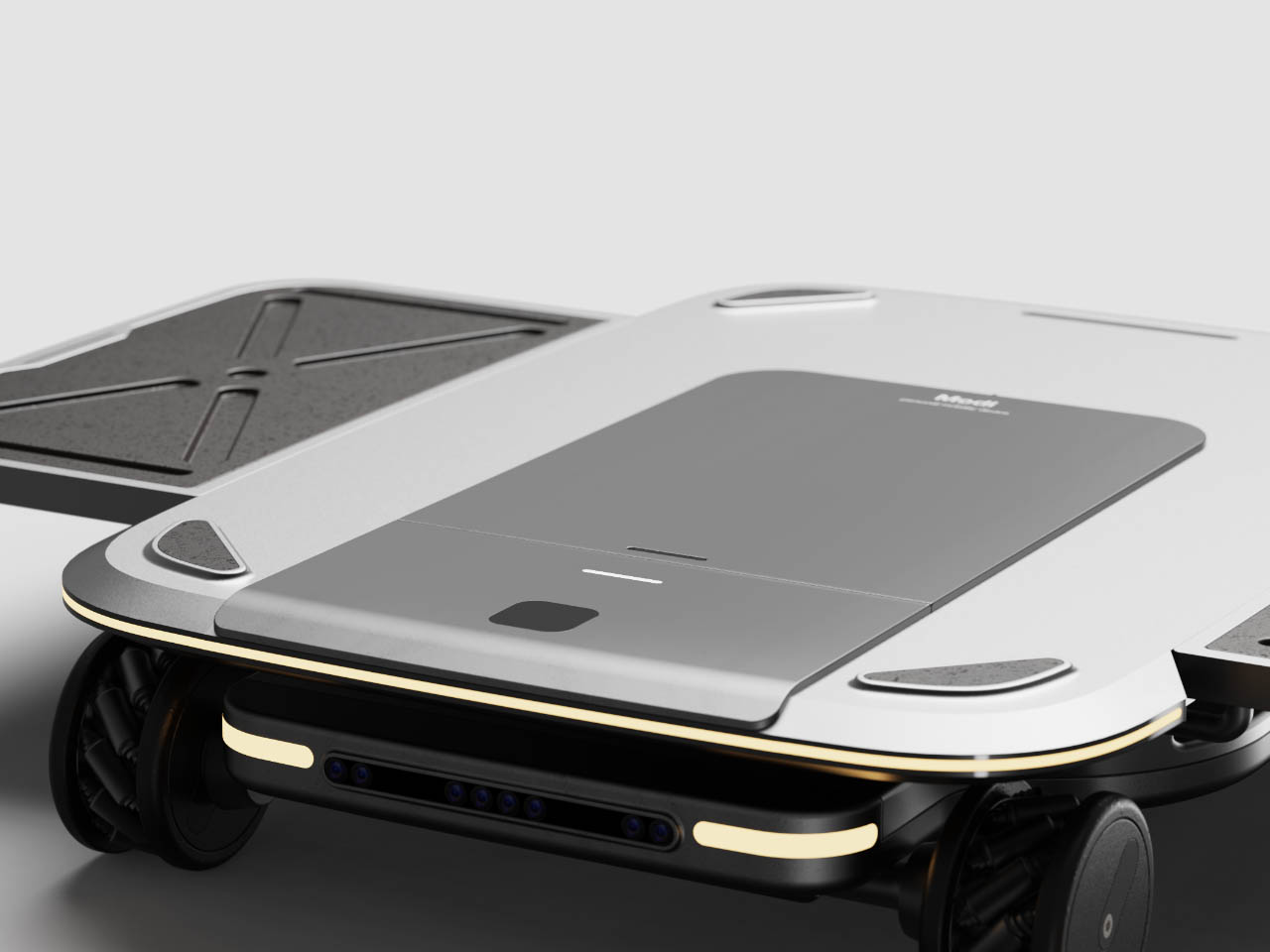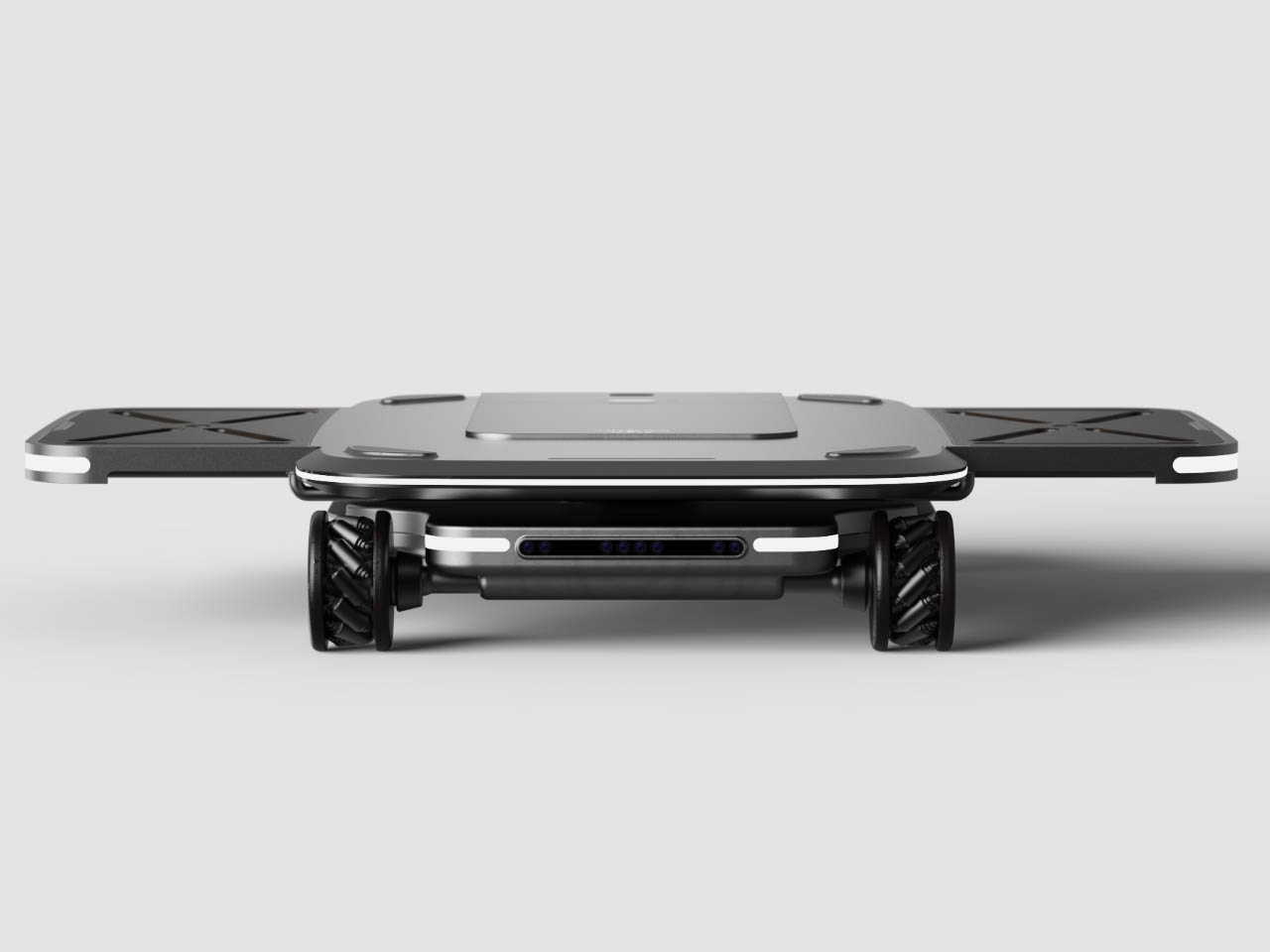FlexFusion brings 5 hair styling tools in one device
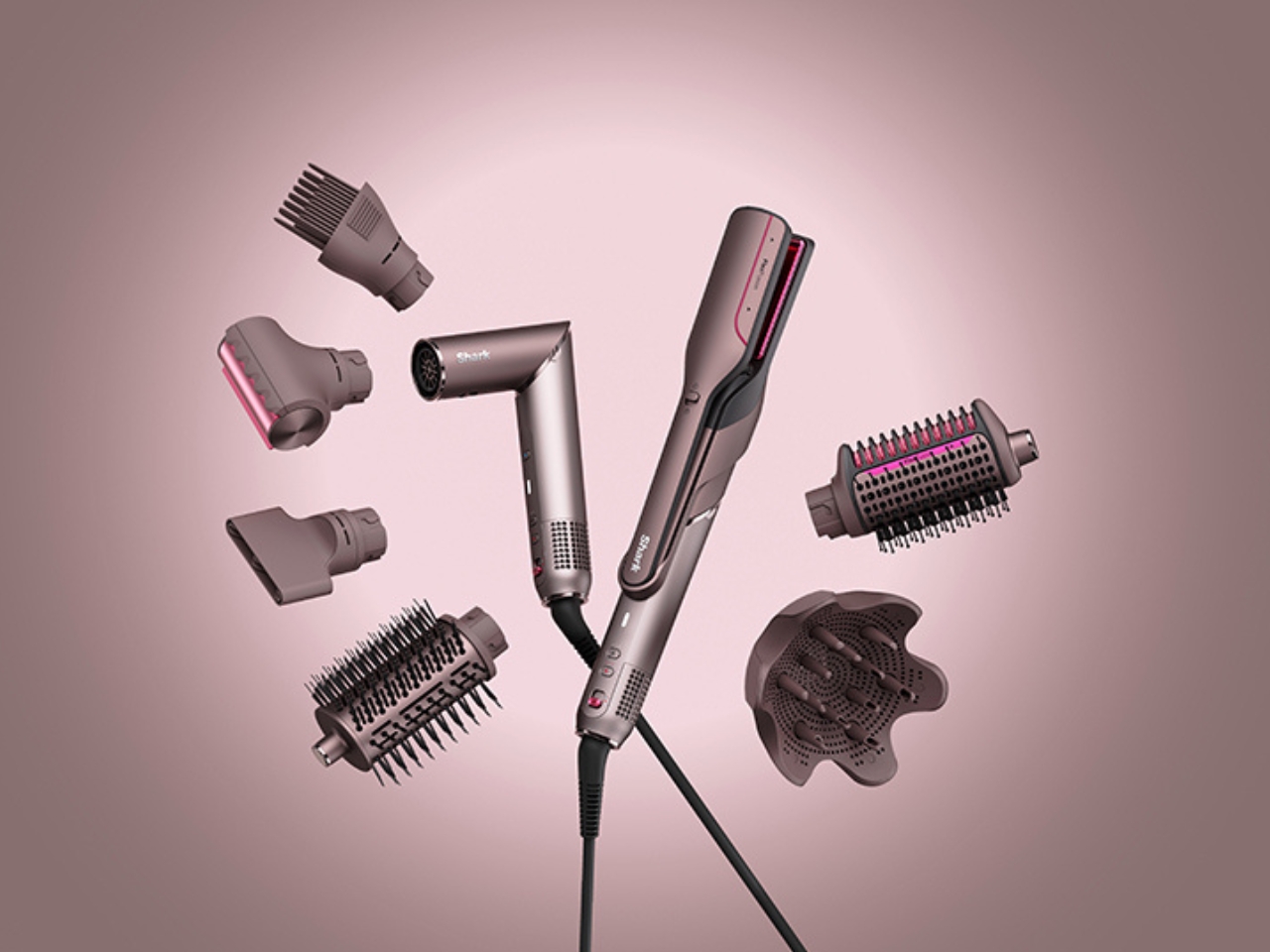
If you love beautiful hair but dread the countertop clutter from too many styling tools, the new FlexFusion by LAYER and Shark Beauty could be the answer you’ve been waiting for. This device brings together five essential hair styling tools into one streamlined, elegant system that’s designed to fit every beauty routine and lifestyle.
FlexFusion was created by experience design agency LAYER, led by founder Benjamin Hubert, in close partnership with Shark Beauty. The result is a modular 5-in-1 hair styling tool that merges a ceramic straightener, hot brush, auto-wrap curlers, concentrator, and diffuser. Whether you’re looking to smooth, straighten, curl, or define your hair’s natural texture, FlexFusion makes it simple to achieve your favorite looks without juggling multiple devices. Each attachment connects easily using a plug-and-play system, so you can switch between styling options in just seconds.
Designer: LAYER and Shark Beauty
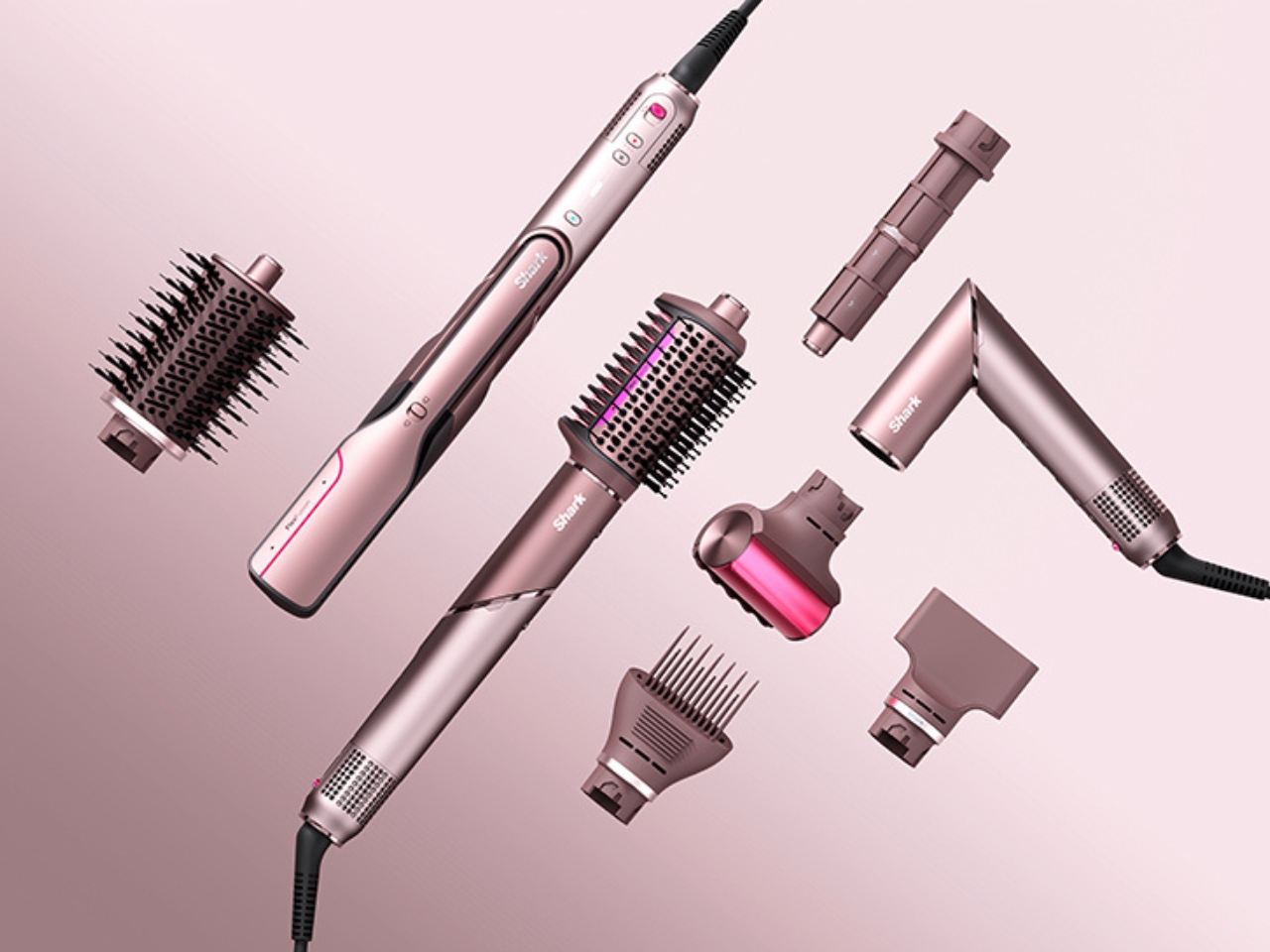
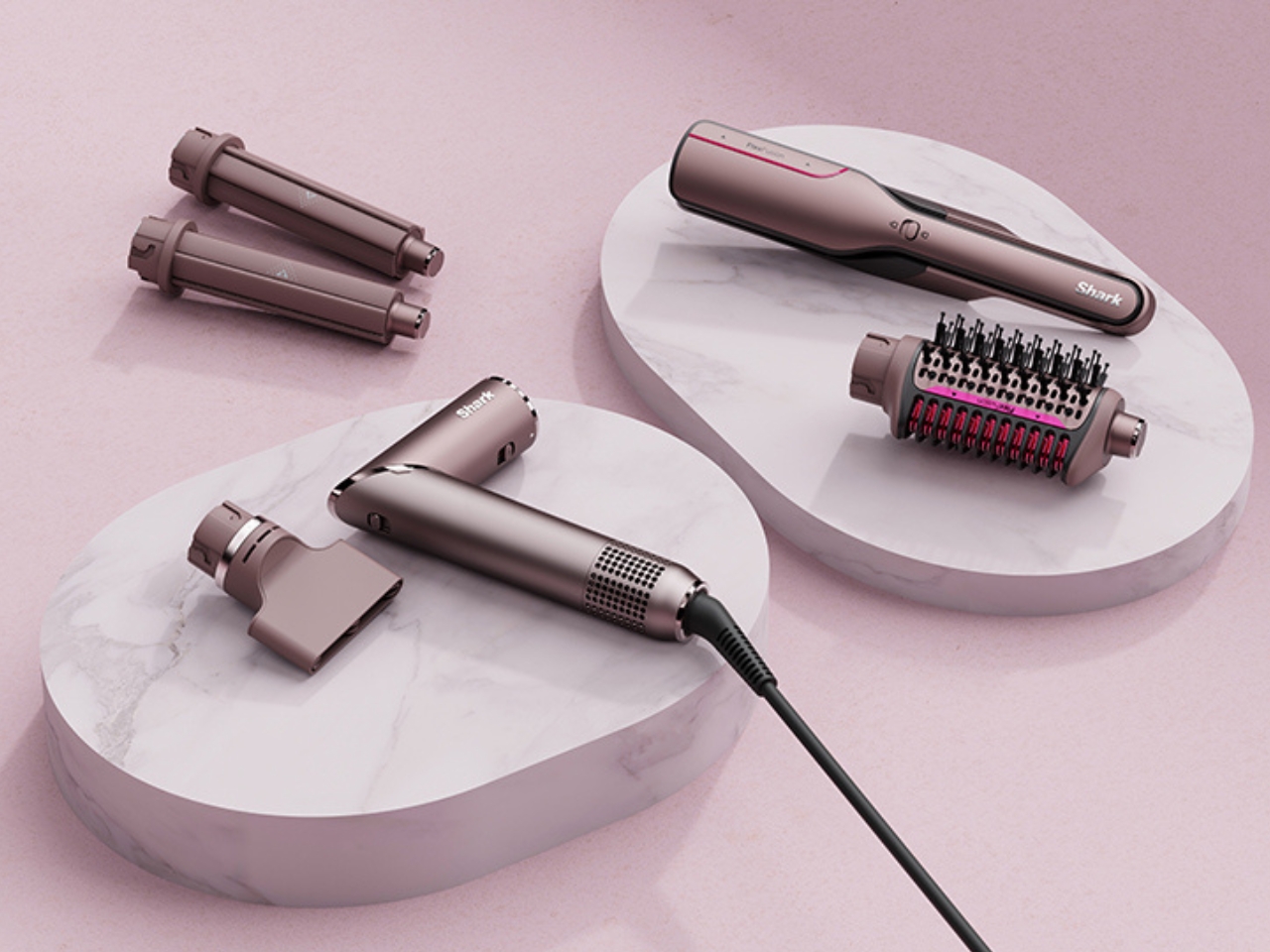
This innovation isn’t just about convenience. FlexFusion was carefully engineered to suit all hair types and styling preferences, reducing the need for multiple devices and making it easier to keep your space tidy. The device features a digital interface with precise temperature and airflow controls, including a special “Scalp Shield” mode that helps protect delicate new hair growth from excessive heat. The controls are designed around an intuitive “island” system that makes it easy to find and adjust the settings you need, even if you’re new to advanced styling tools.
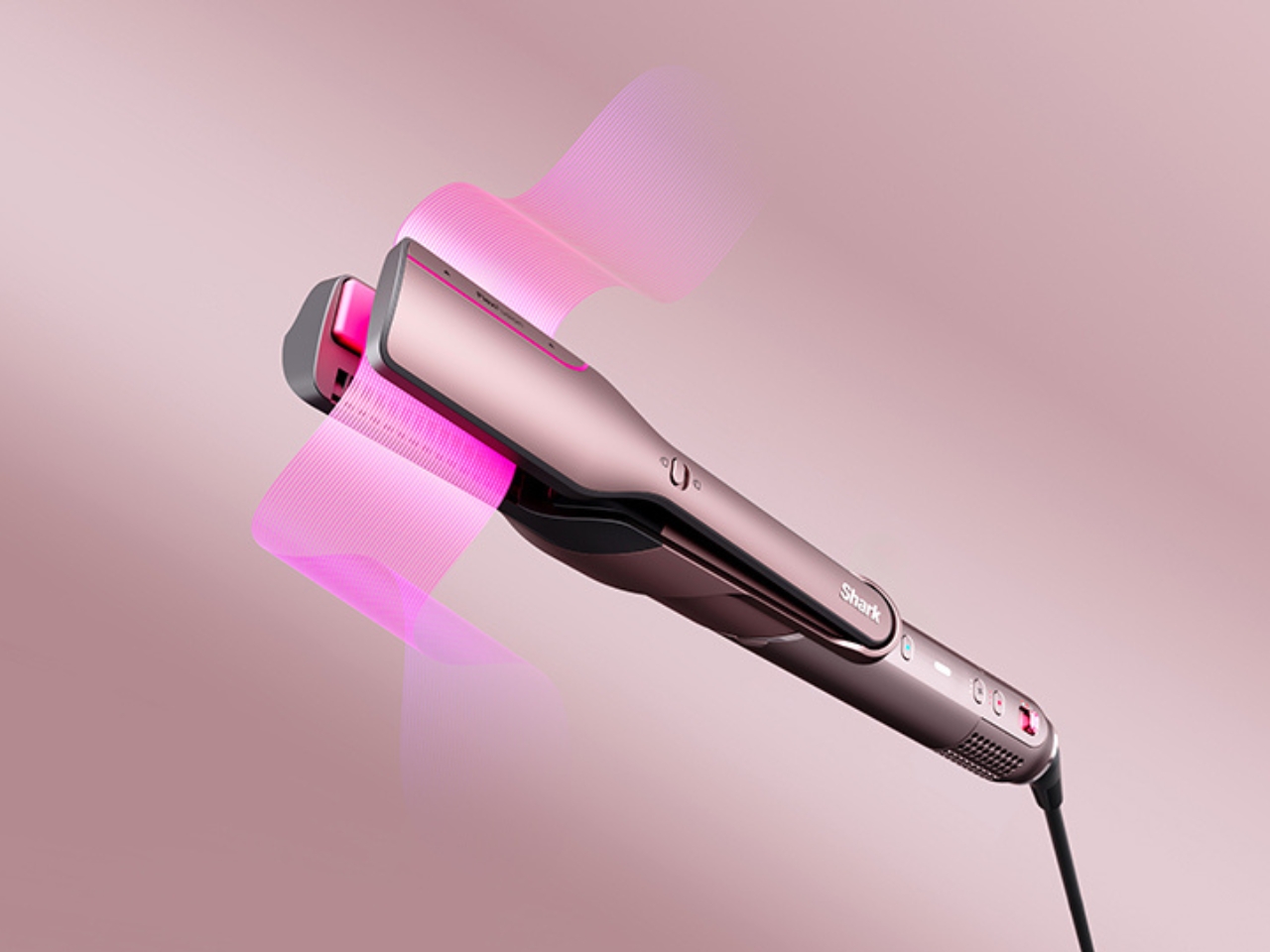
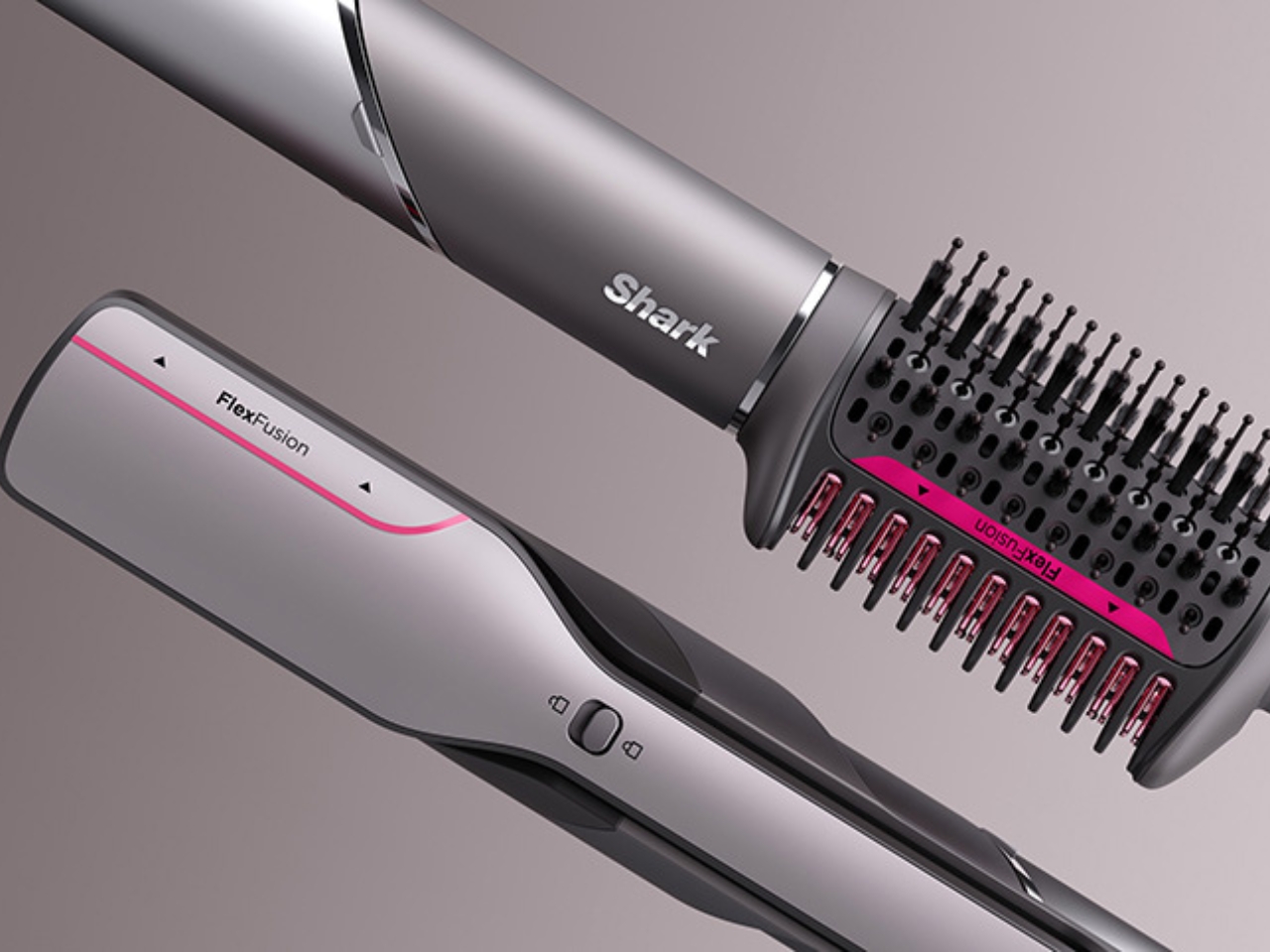
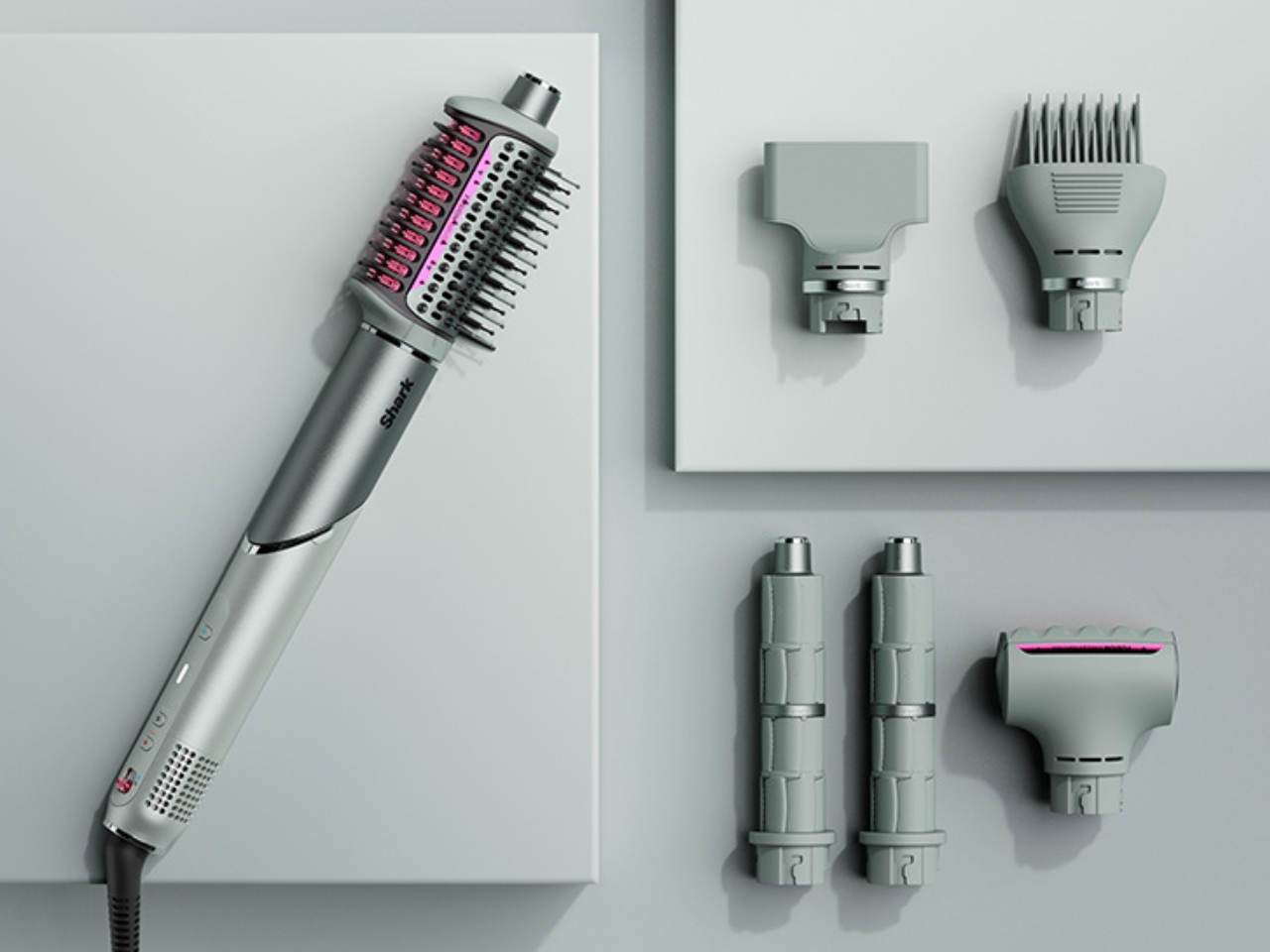
Design isn’t an afterthought here. FlexFusion’s sculptural, ergonomic shape is inspired by the natural curves of your hand and scalp, providing a secure grip and comfortable experience every time you style. Subtle design cues like creased transitions and chamfered edges guide your hands and highlight key performance areas, while a satin metallic finish adds a touch of luxury and sophistication to your vanity. Air inlets and outlets are positioned for efficiency and precision, blending seamlessly into the tool’s sleek silhouette.

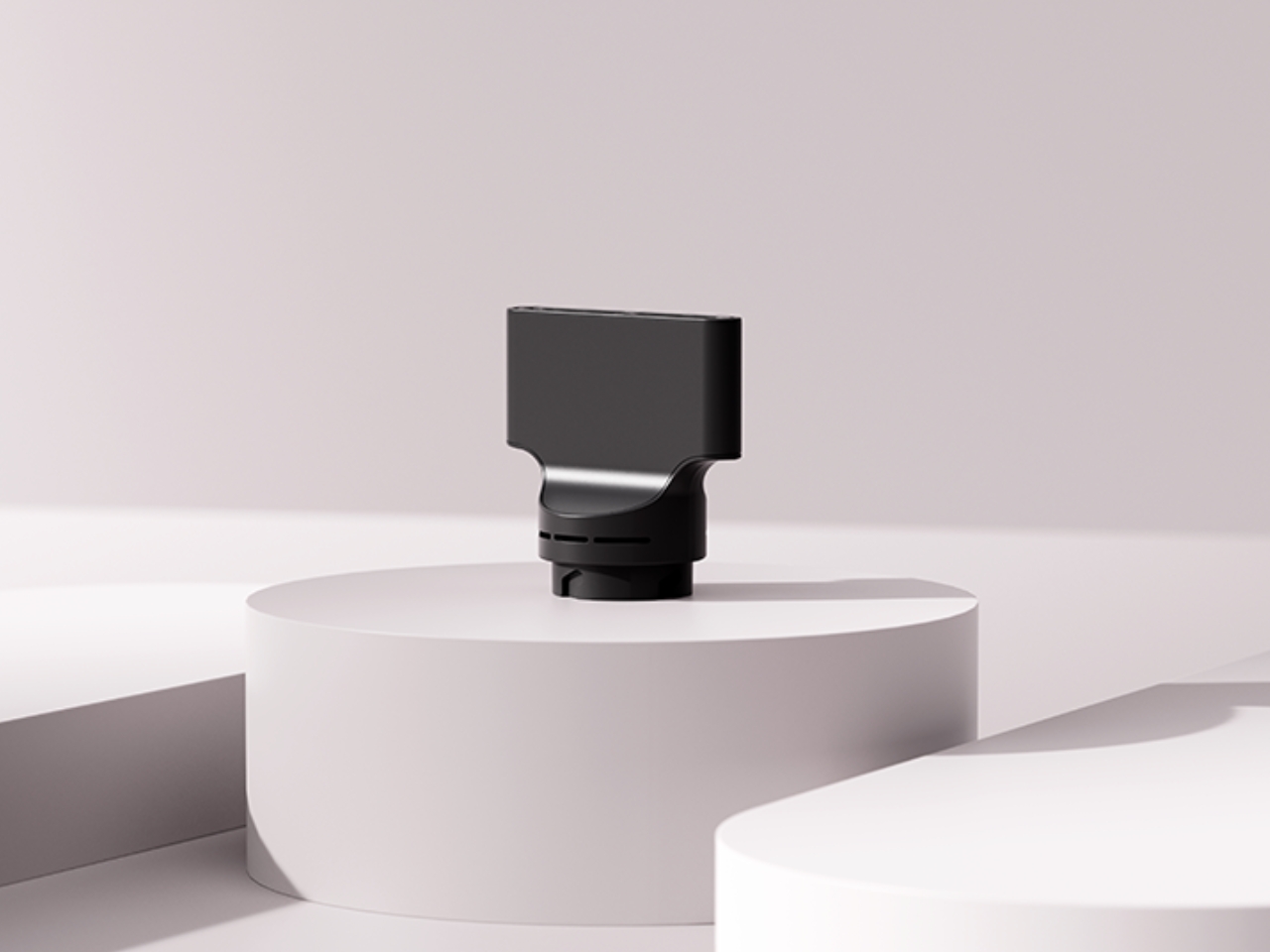
The launch of FlexFusion is part of an ongoing creative partnership between LAYER and Shark Beauty, aimed at redefining the aesthetics and usability of everyday beauty tools. Their shared goal is to create a unified design language for the brand’s portfolio, making beauty routines more enjoyable and accessible for everyone. Benjamin Hubert, the founder of LAYER, describes FlexFusion as a product that “simplifies the beauty process without compromising on performance.” It’s a vision that feels right on target for today’s busy women, collectors, and anyone who wants their self-care routine to feel as beautiful and thoughtful as the results.

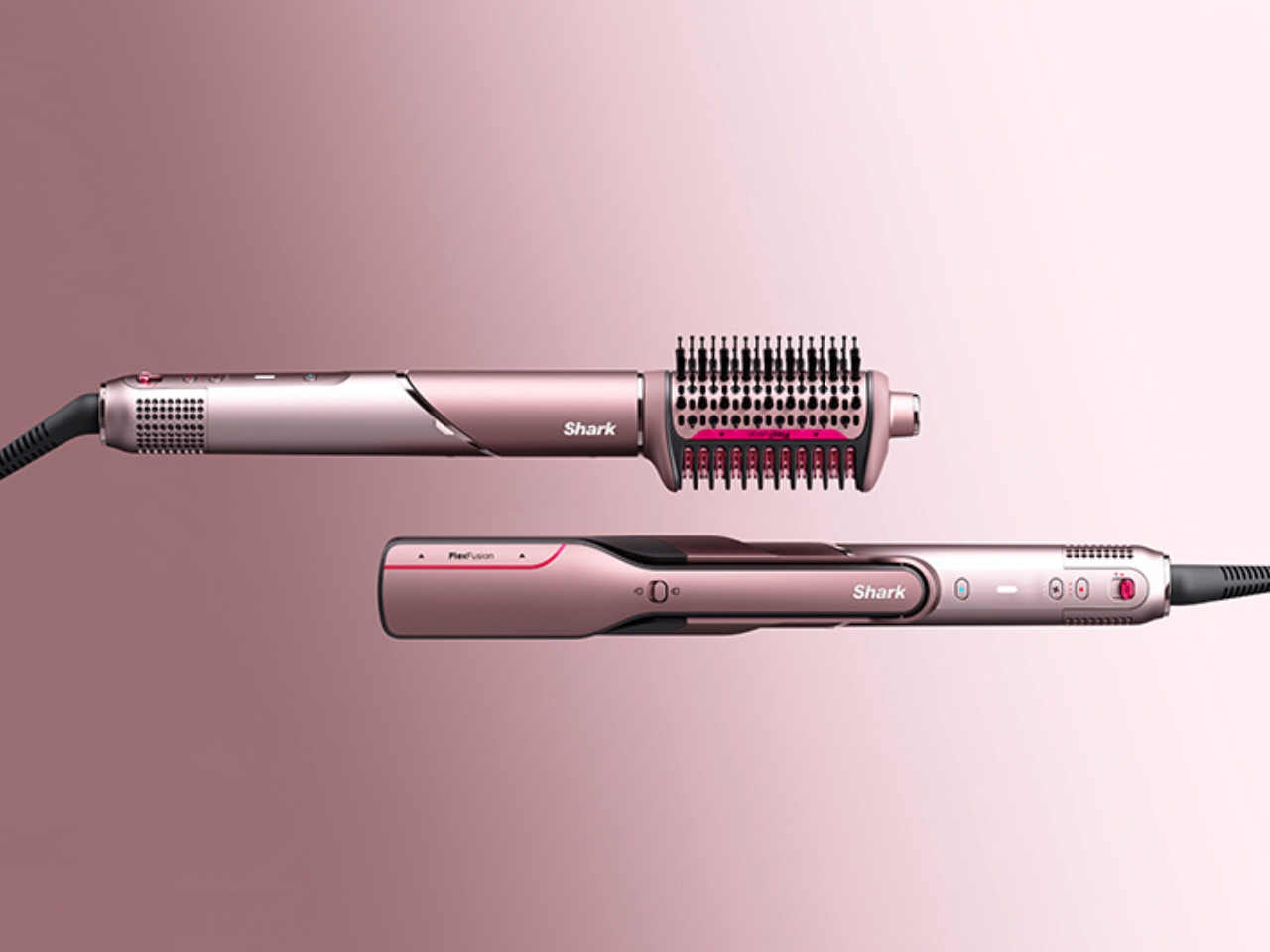
With its blend of cutting-edge function and elegant design, FlexFusion is poised to become an essential for those who want to streamline their styling routine while elevating the everyday ritual of self-care. If you’re looking to replace your crowded drawer of hair tools with a single stylish solution, FlexFusion could be your next beauty must-have.
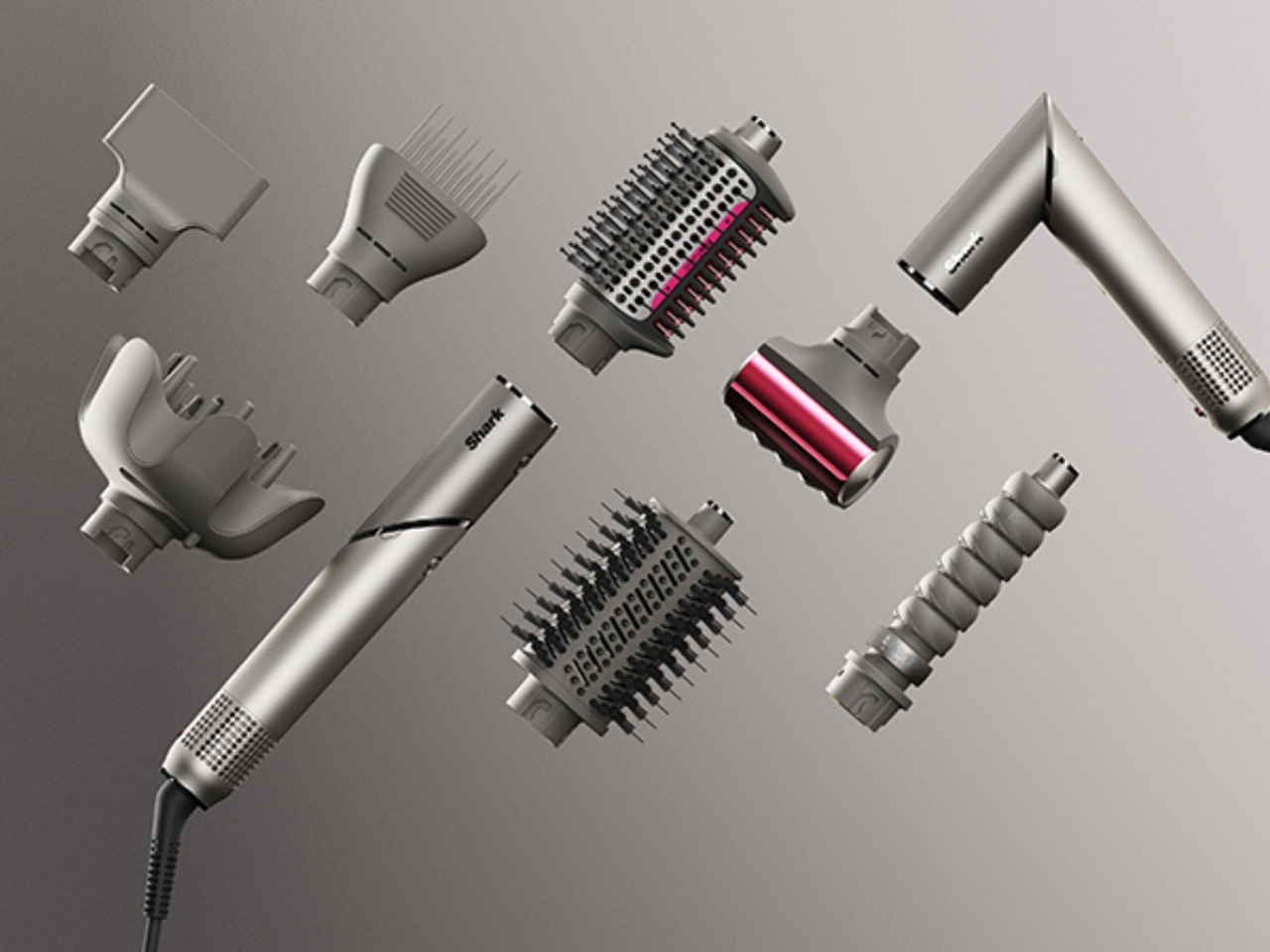
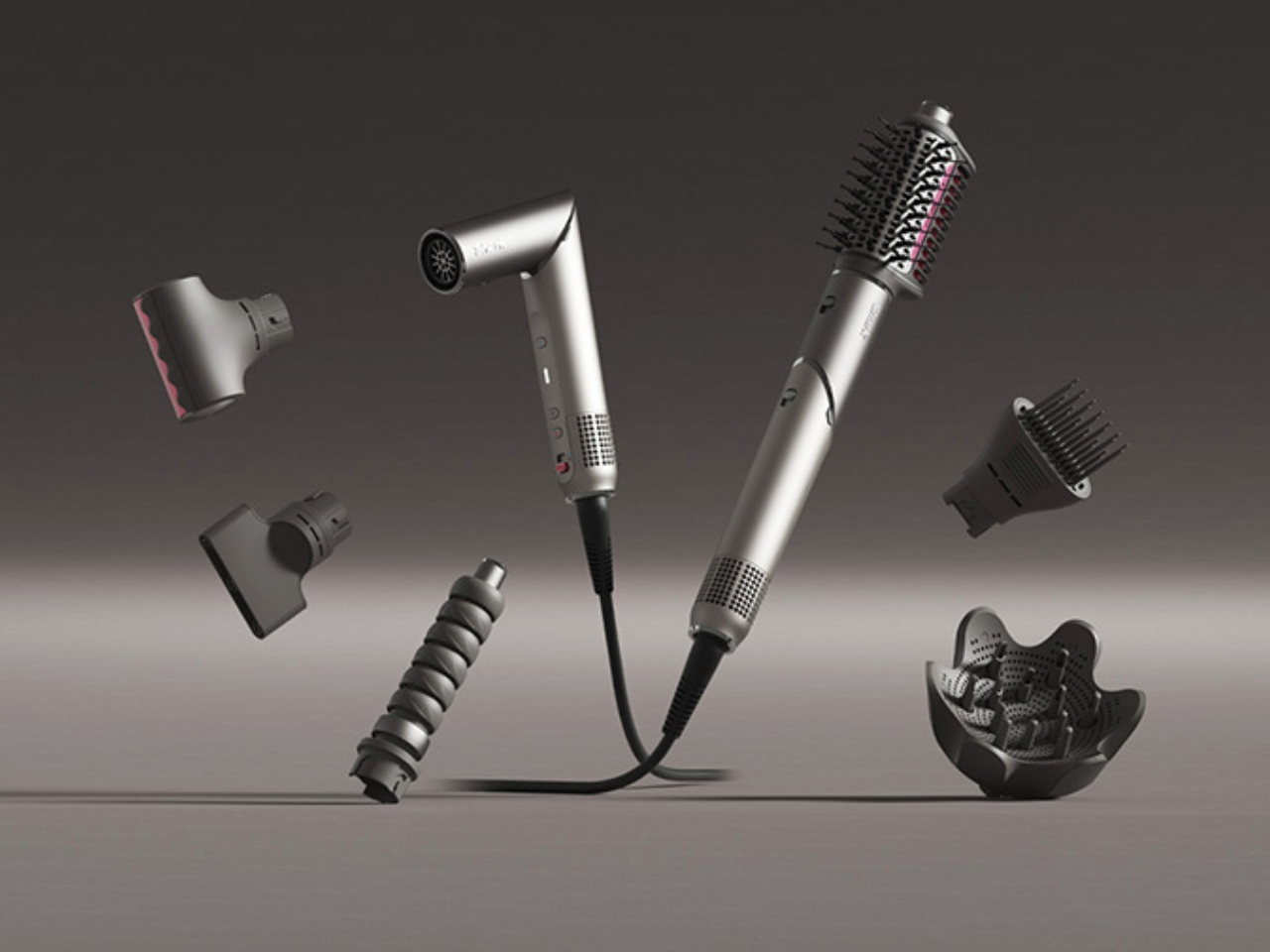
The post FlexFusion brings 5 hair styling tools in one device first appeared on Yanko Design.
